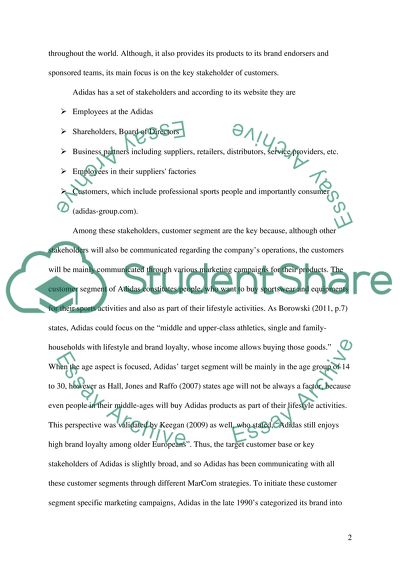Cite this document
(“Marketing Communications Programme of Adidas Essay”, n.d.)
Retrieved from https://studentshare.org/marketing/1439962-carry-out-an-analysis-and-evaluation-of-the
Retrieved from https://studentshare.org/marketing/1439962-carry-out-an-analysis-and-evaluation-of-the
(Marketing Communications Programme of Adidas Essay)
https://studentshare.org/marketing/1439962-carry-out-an-analysis-and-evaluation-of-the.
https://studentshare.org/marketing/1439962-carry-out-an-analysis-and-evaluation-of-the.
“Marketing Communications Programme of Adidas Essay”, n.d. https://studentshare.org/marketing/1439962-carry-out-an-analysis-and-evaluation-of-the.


